The Pebble Beach Phenomenon in Madeira
Madeira is a breathtakingly beautiful volcanic island, but it's not exactly known for its soft, sandy shores. Unlike its neighboring island of Porto Santo, which boasts an award-winning white sand beach, Madeira's coastline is predominantly adorned with pebbles, from Praia Formosa to Praia do Vigário or even the secluded Praia da Fajã dos Padres. This stark contrast begs the question: Why does Madeira primarily have pebble beaches?
The Volcanic Origins of Madeira's Pebble Beaches
The answer lies mainly in Madeira's geological history. The island was formed through volcanic activity millions of years ago. The constant eruptions produced vast amounts of lava and volcanic rocks, which solidified and over time were broken down by the relentless waves of the Atlantic Ocean. This resulted in the formation of the smooth, rounded pebbles that now dominate Madeira's beaches. The strong Atlantic Ocean currents and waves further influence this process by carrying away smaller particles, leaving behind the larger pebbles.
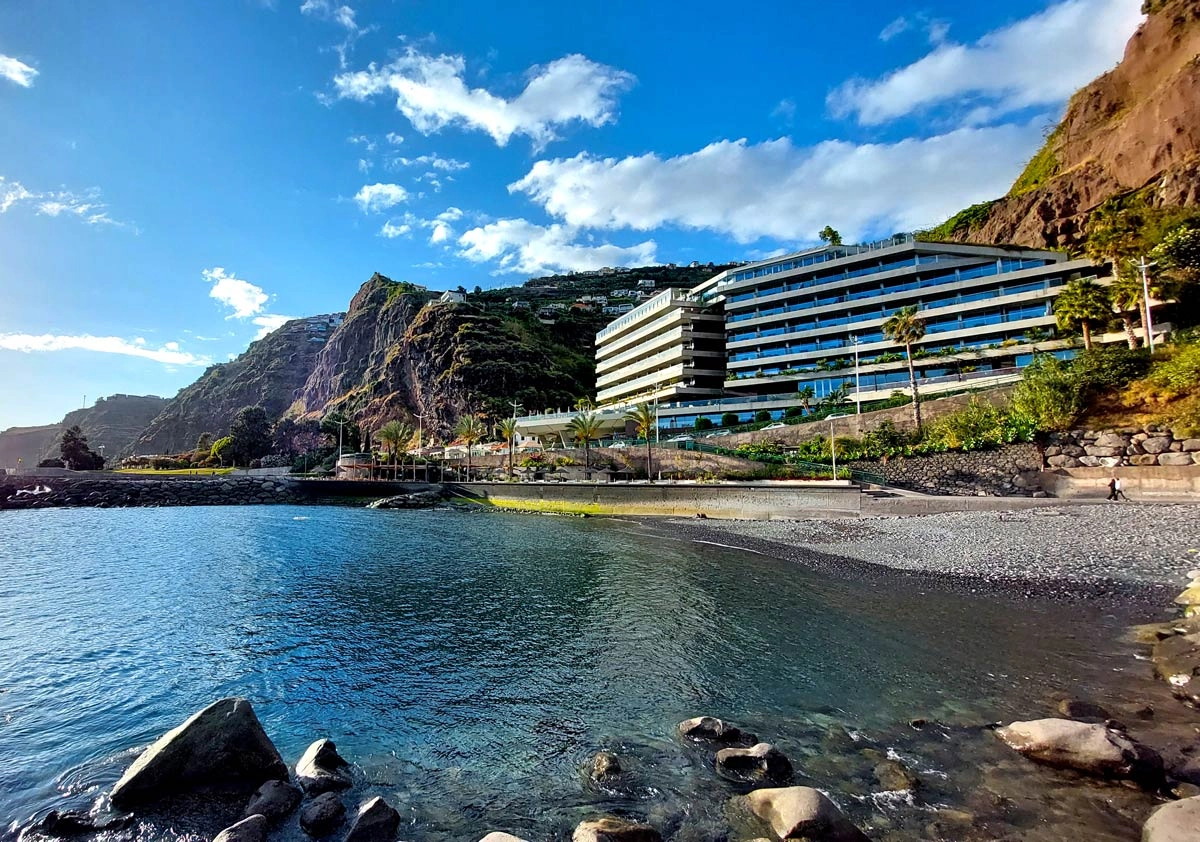
Then What About Porto Santo Beaches?
While Porto Santo and Madeira are neighboring islands, it is important to note that Porto Santo is older than Madeira with roughly 13.5 million years. This significant age difference contributes to the distinct differences in their rock formations and geological characteristics. Porto Santo is mainly formed of sedimentary rock, which is easily eroded into sand. Additionally, its southern coast is sheltered from strong ocean currents, allowing the sand to accumulate and form the vast beach prevalent today.
Pebble Beaches Are Madeira’s Geological & Natural Heritage
While the lack of natural sandy beaches might seem like a drawback, pebble beaches are actually a testament to Madeira's unique geological & natural heritage. The spaces between pebbles, create microhabitats that are sheltered from direct sunlight and wave action. These spaces can retain moisture and provide protection from predators, making them suitable for small organisms such as insects, crustaceans, and certain types of plants.
Madeira's Top Pebble Beaches Worth Visiting
Praia do Vigário: Pebble beach located on Madeira's southern coast in Câmara de Lobos. Its sheltered location usually make it a peaceful escape from the crowds. It offers stunning views on Cabo Girão and vicinity to the fisherman’s village make it a great opportunity to go for a swim. the beach has recently been renovated and looks amazing.
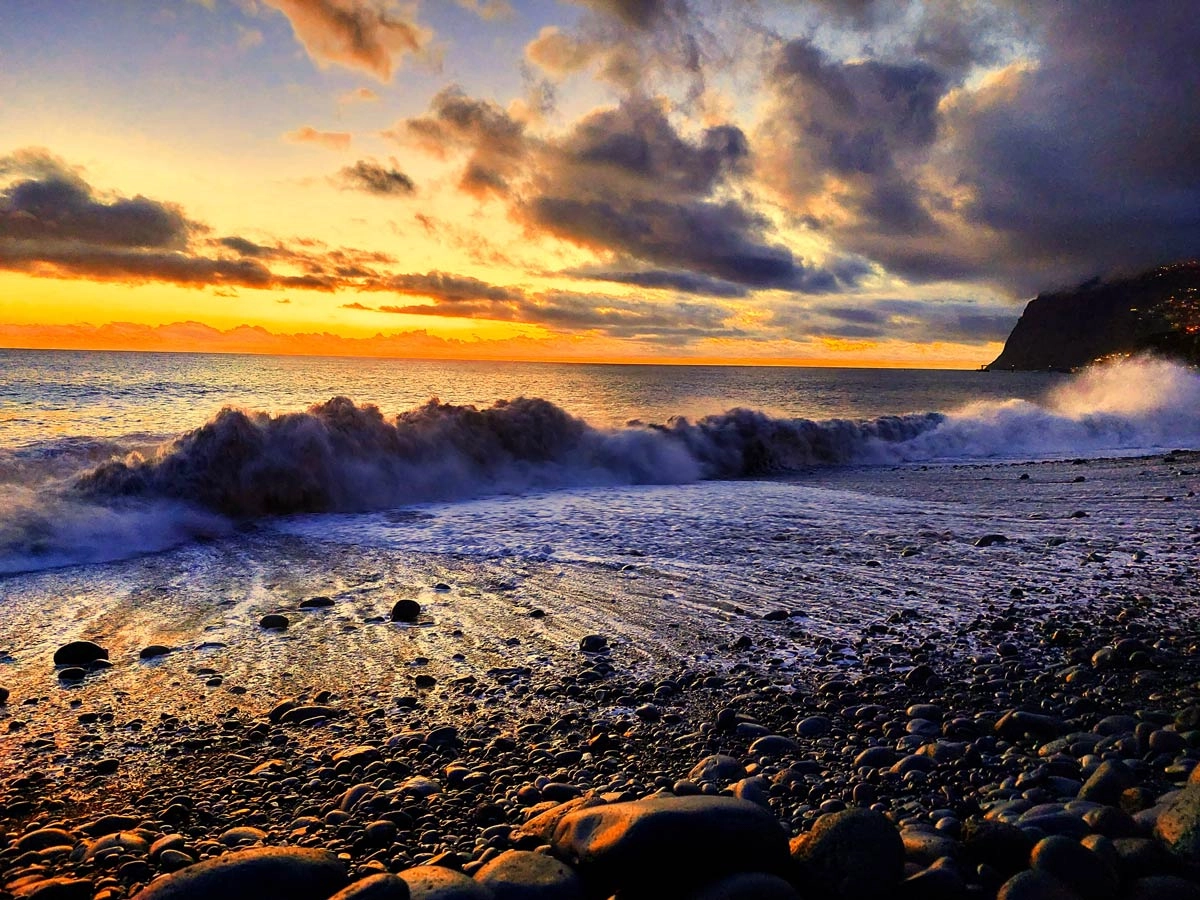
Praia Formosa: As the largest pebble beach in Madeira, this sprawling stretch offers ample space for sunbathing and beach activities. Its rugged landscape and adjacent promenade that leads to the neighboring town of Câmara de Lobos provide a unique and picturesque setting. While the waters can be rough at times, it is a popular spot for experienced swimmers and tourists alike.
Praia da Fajã dos Padres: Accessed by a cable car or boat, this secluded beach is nestled beneath dramatic cliffs on Madeira's southern coast. The unique microclimate create a tranquil oasis, perfect for swimming and snorkeling. The on-site restaurant offers local cuisine, making it a great spot for a leisurely day trip.
Tips for Enjoying Madeira's Pebble Beaches
Bring Water Shoes: Not everyone’s favorite, yet they will protect your feet from the stones and make it easier to walk on the beach.
Choose Your Spot Carefully: Some pebble beaches have areas with smaller, smoother stones that are easier on the feet.
Embrace the Landscape: Madeira's beaches are visually stunning, even without soft sand. Enjoy the scenery, take some photos, and explore the unique coastline.

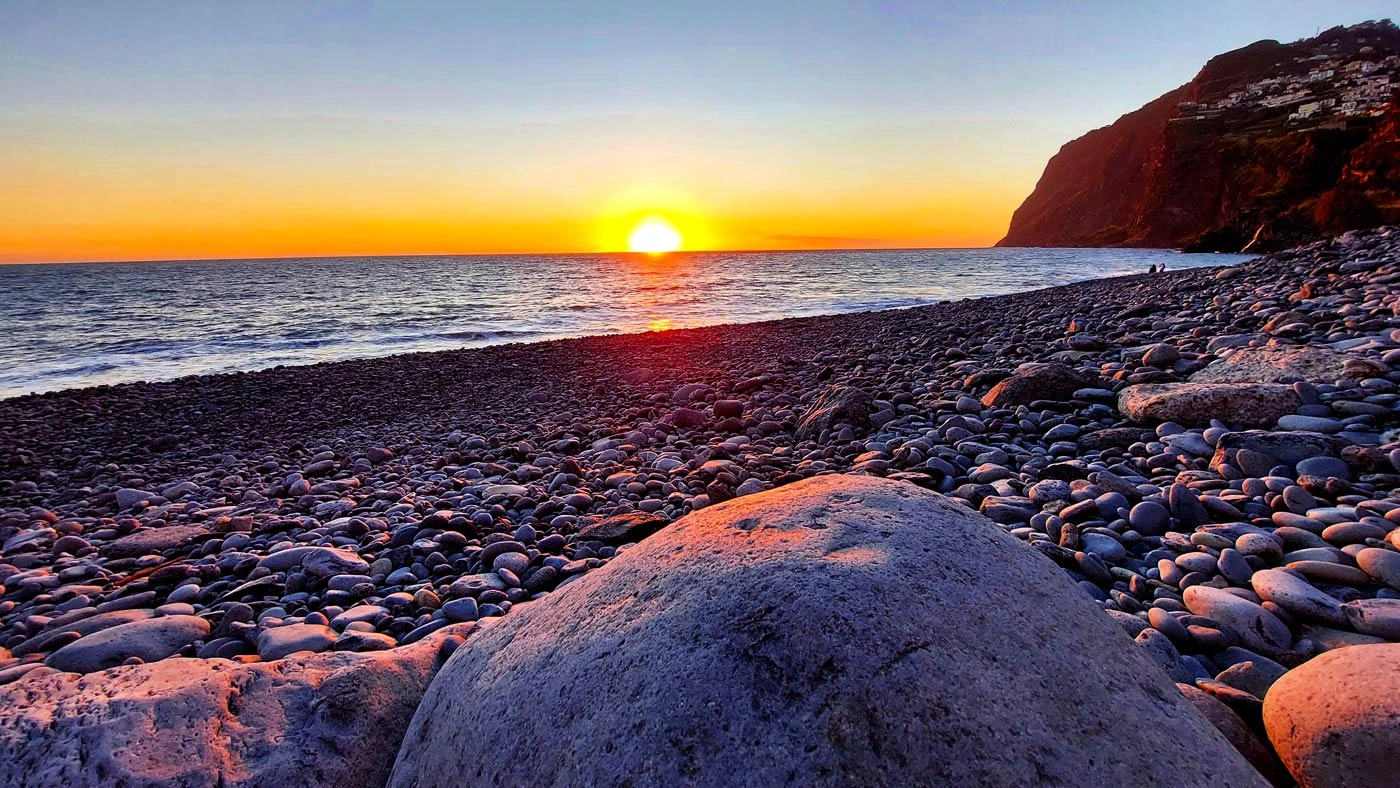

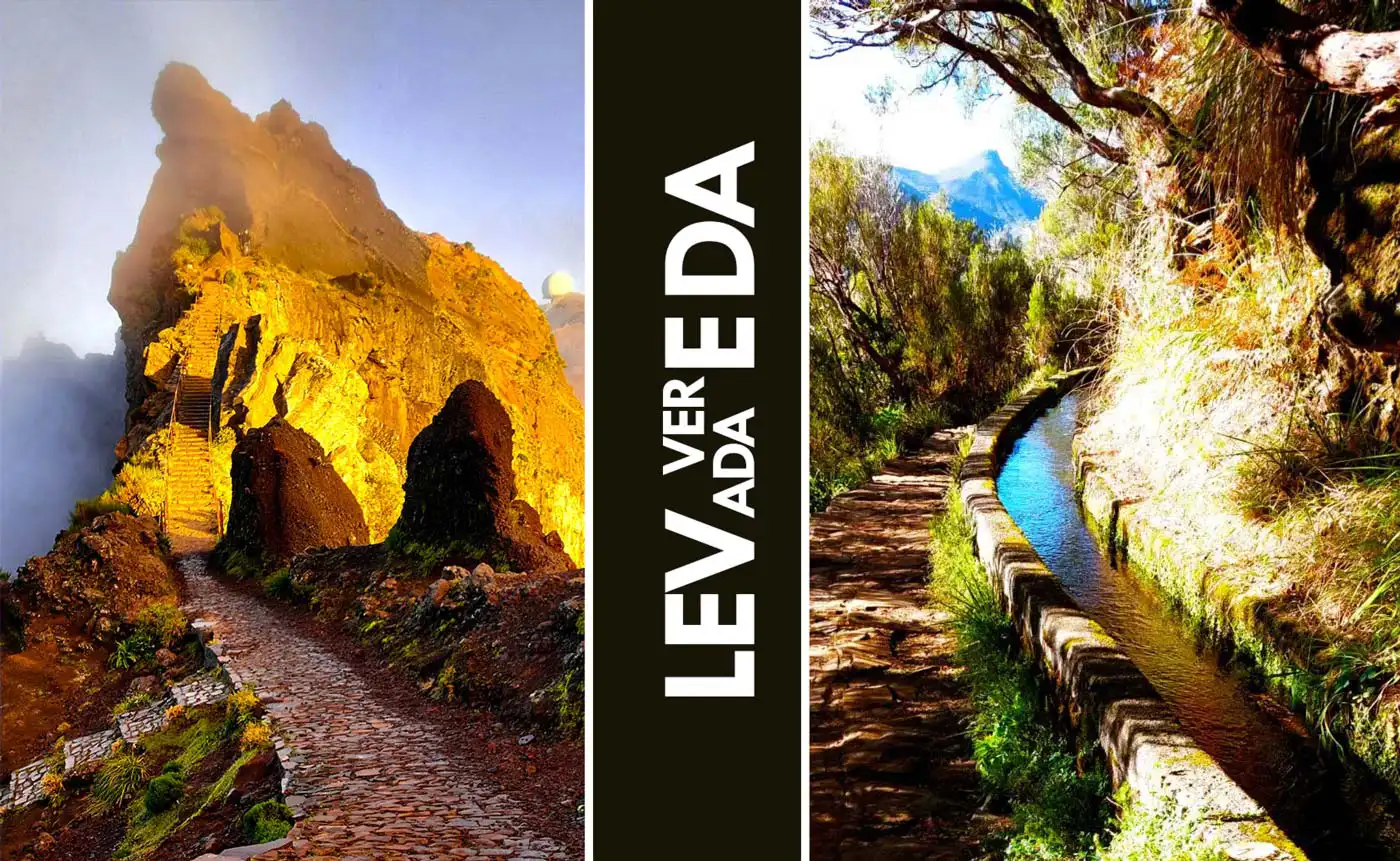
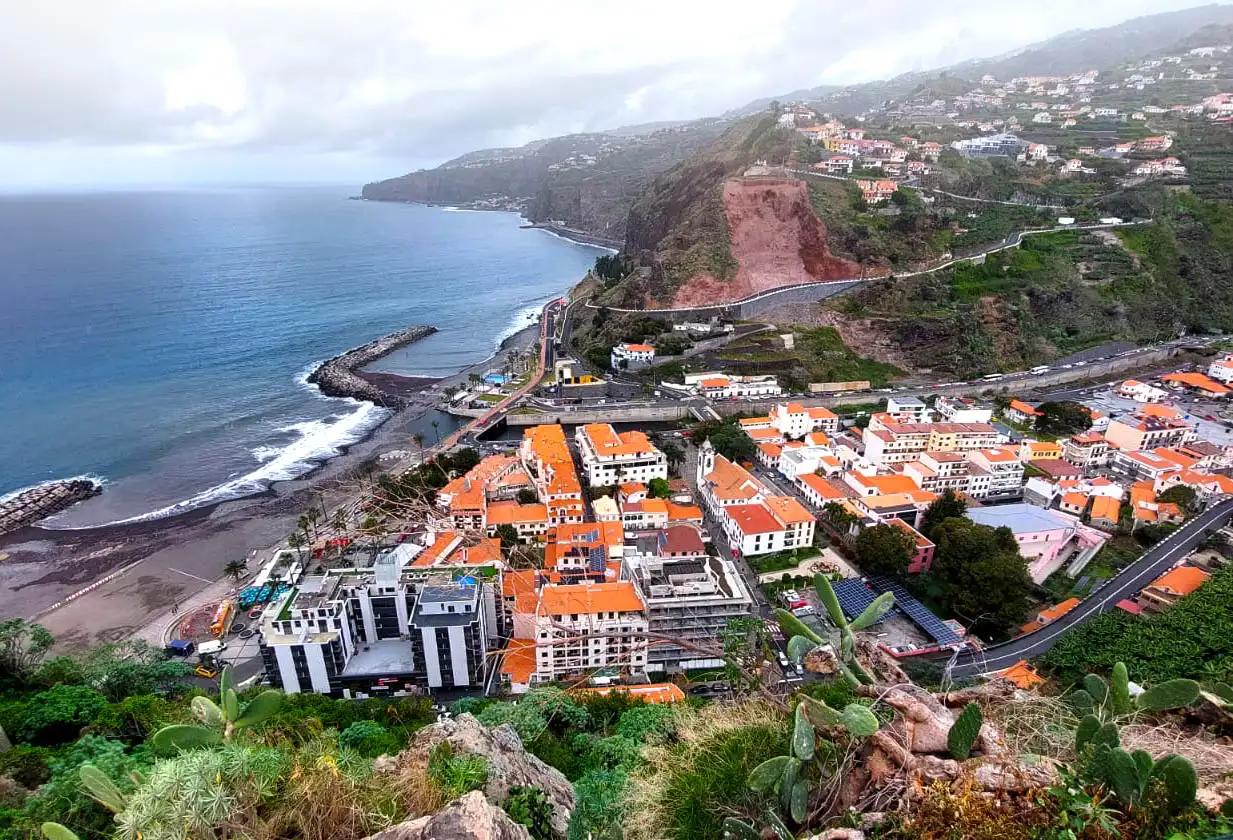

Comments